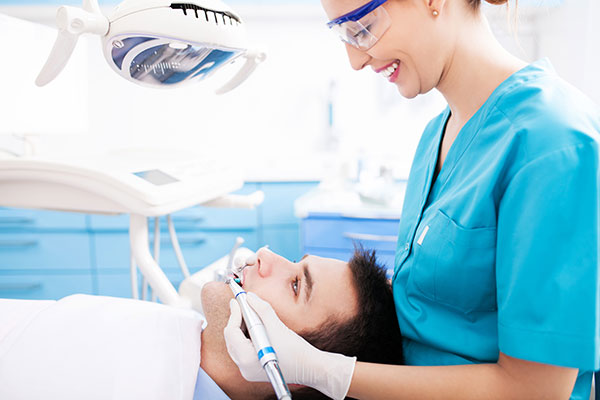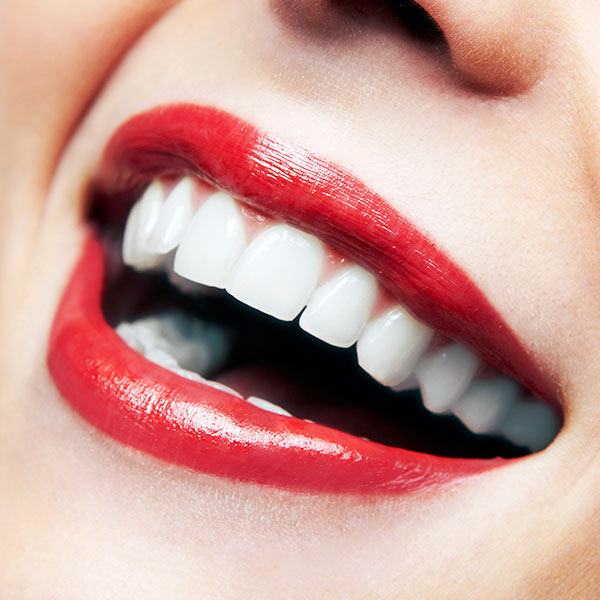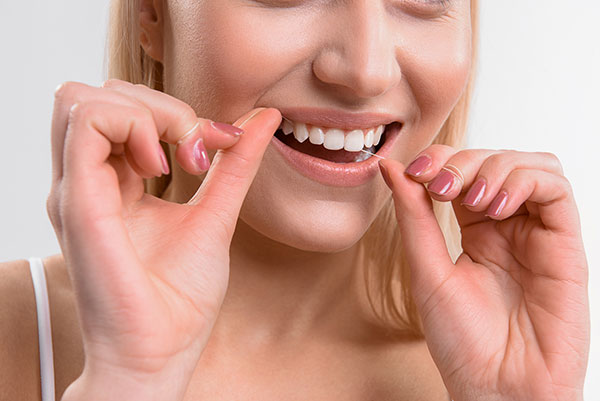
What is Gingivitis? What is Periodontitis?
Gingivitis is inflammation of the gums that has a variety of causes but is most often a response to plaque accumulation on the teeth at the gum line. The inflammation occurs because the body sends blood (which contains white blood cells) to the gums to fight off the bacteria. If the bacteria are not removed with brushing and flossing, the inflammation will not subside. Gingivitis can range from mild to severe, localized to a certain spot, or generalized throughout the mouth. It can also be chronic (meaning long-lasting) or acute (meaning short-term.)
Signs and Symptoms of Gingivitis
- Red gums
- Sore, irritated gums
- Gums that bleed while brushing or flossing
- Bad breath
- Puffy gums
Risk Factors for Inflamed Gums
- Not enough brushing and flossing
- Infrequent visits to the dentist for cleanings
- Braces or retainers
- Pregnancy
- Certain medical conditions
- Certain medications
- Hormonal changes
Ways to Help Improve Gingivitis
- Regular brushing and flossing
- Regular visits to the dentist for cleanings
- Daily mouthwash
If gingivitis is left untreated, it may escalate into periodontitis. Periodontitis occurs from plaque and tartar left on the teeth causing damage over time. Periodontitis affects the health of the surrounding bone and connective tissue. Periodontitis eventually leads to tooth loss when left untreated for a long time. Gingivitis is reversible, but periodontitis is sometimes not, depending on the severity.
Signs and Symptoms of Periodontitis
- Bone loss surrounding the teeth
- Pockets between the teeth and the gums
- Gum recession
- Tooth mobility
- Red, puffy gums
- Bad breath
Be sure to see your dentist and dental hygienist at least every six months to assess the health of your teeth and gums, and thoroughly clean your teeth to remove plaque, tartar and staining. At your regular dental visits, your oral hygiene will be assessed, and tips can be given for ways to improve your home care.
If you believe you may have gingivitis, have any questions about it, or are due for a dental cleaning, we encourage you to contact us today to schedule an appointment.








